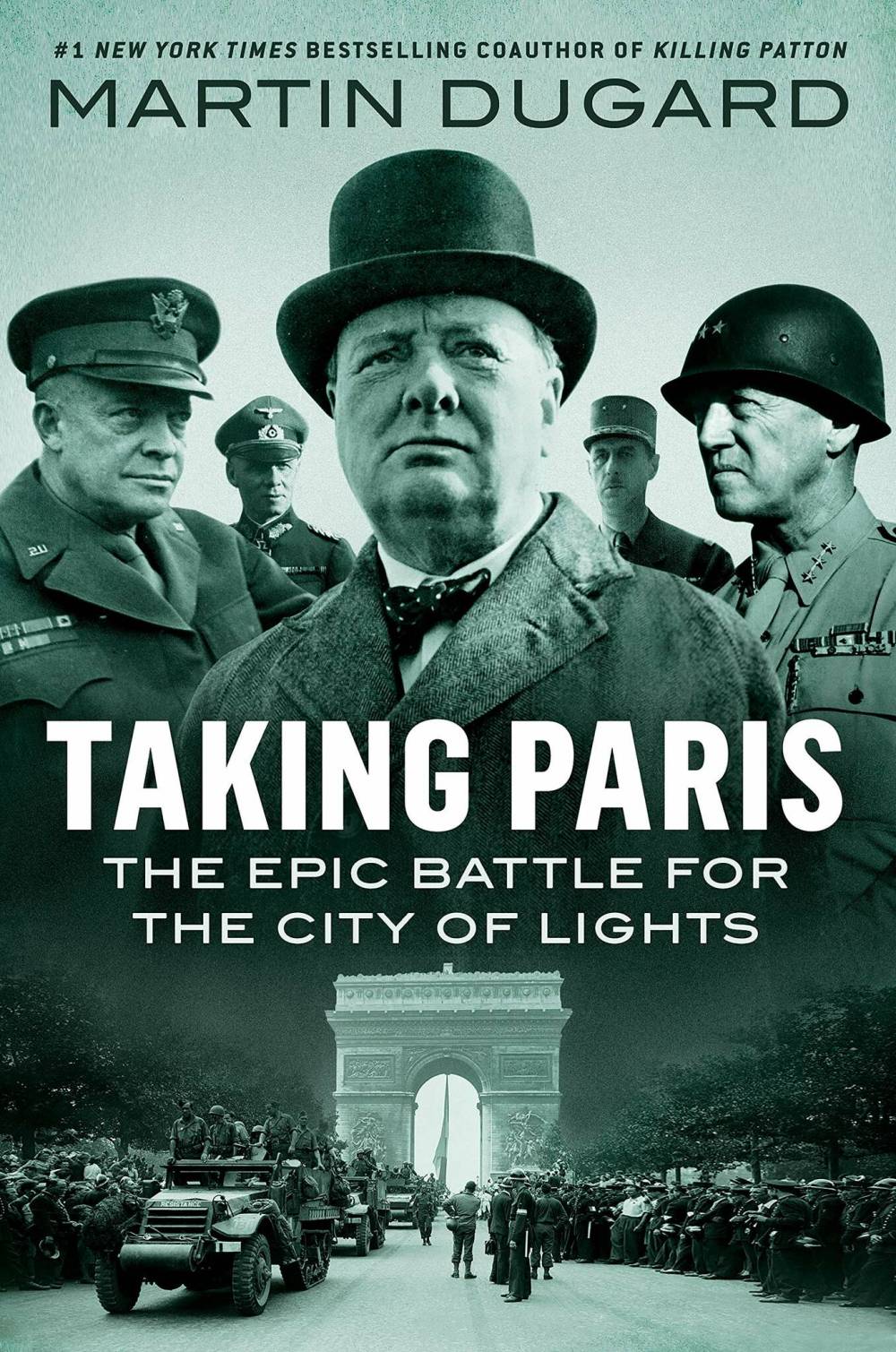Wartime tensions flare over City of Lights
Advertisement
Read this article for free:
or
Already have an account? Log in here »
To continue reading, please subscribe:
Monthly Digital Subscription
$0 for the first 4 weeks*
- Enjoy unlimited reading on winnipegfreepress.com
- Read the E-Edition, our digital replica newspaper
- Access News Break, our award-winning app
- Play interactive puzzles
*No charge for 4 weeks then price increases to the regular rate of $19.00 plus GST every four weeks. Offer available to new and qualified returning subscribers only. Cancel any time.
Monthly Digital Subscription
$4.75/week*
- Enjoy unlimited reading on winnipegfreepress.com
- Read the E-Edition, our digital replica newspaper
- Access News Break, our award-winning app
- Play interactive puzzles
*Billed as $19 plus GST every four weeks. Cancel any time.
To continue reading, please subscribe:
Add Free Press access to your Brandon Sun subscription for only an additional
$1 for the first 4 weeks*
*Your next subscription payment will increase by $1.00 and you will be charged $16.99 plus GST for four weeks. After four weeks, your payment will increase to $23.99 plus GST every four weeks.
Read unlimited articles for free today:
or
Already have an account? Log in here »
Hey there, time traveller!
This article was published 27/11/2021 (1480 days ago), so information in it may no longer be current.
In the spring of 1940, the Second World War entered a new phase, as Nazi Germany launched a massive invasion of Western Europe.
Attacking with unprecedented speed, the Nazi armies overran and occupied Paris, France, a city holding a unique place in the consciousness of the world.
Taking Paris is American writer Martin Dugard’s popular history of the occupation and the events leading to the eventual liberation of the city by Allied armies in 1944. It is a gripping, well-written account.

Dugard is the co-author, with former Fox News host Bill O’Reilly, of the famous “Killing” series of popular histories.
Dugard depicts the roles of the major political and military figures: British prime minister Winston Churchill, American president Franklin Delano Roosevelt, American generals Dwight Eisenhower and George Patton and French general Charles de Gaulle.
But he also underscores the contributions of lesser known figures — secret agents who risked their lives in occupied France to send intelligence to the Allies. These agents included American-born British spy Virginia Hall and Frenchman Jean Moulin; the latter was brutally murdered by the Nazis.
Dugard has a penchant for vivid anecdotes. For example, he writes that Winston Churchill is estimated to have consumed 42,000 bottles of Pol Roger champagne in his lifetime.
What Dugard does so well is to convey a sense of the tensions within the Allied leadership, tensions over strategy and personality.
One source of disagreement was Roosevelt’s preference for an invasion of France as early as 1942. Churchill was utterly opposed to this idea; he believed that the best way to strike at Nazi Germany was to invade continental Europe through Italy.
Another difference between Britain and America concerned Charles de Gaulle. Roosevelt disliked de Gaulle and was reluctant to recognize him as the leader of the French resistance. Churchill also had issues with de Gaulle, but was convinced that the general was the authentic voice of Free France.
Churchill’s influence, however, was waning as the war continued; America increasingly assumed the role of the dominant partner among the Allies.
A couple of minor criticisms: Dugard writes “cannot be understated” when he means “cannot be overstated.” Also, he has a Pollyannish view of the French Revolution, which began in 1789 and was a sanguinary event.
Dugard has evoked the many facets of the battle for Paris, a grim struggle between the Allies and Nazi Germany. This is popular history at its best.
Graeme Voyer is a Winnipeg writer.


